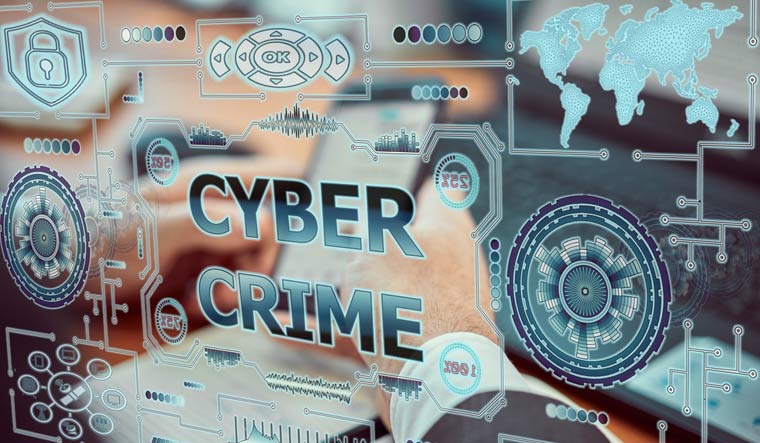If Batman: Arkham Shadow is tempting you to finally pick up a Meta Quest 3 or Meta Quest 3S, or you already own one of Meta’s best VR headsets, then this might sweeten the deal. Meta has revealed the dates of the 52 free NBA and WNBA matches it’s hosting in Horizon Worlds for the 2024-2025 season.
To catch you up to speed, Meta allows its headset owners (in supported regions) to jump into the NBA Arena in Horizon Worlds to virtually sit courtside during live matches. If you miss the game, you can also tune into immersive highlights for 24 hours after the game has ended. Additionally, you can play mini-games and hang out with friends like you would in other Horizon Worlds.
If you subscribe to NBA League Pass, you can use Xtadium to watch every live 2D game in mixed reality – it’s not quite as immersive, but it’s still a lot of fun for sports fans, especially if you’re already paying for the content.

Every free immersive NBA and WNBA game
Here’s the full list of free matches you can watch:
- October 25 – Chicago Bulls vs. Milwaukee Bucks – 5pm PT
- October 26 – Oklahoma City Thunder vs. Chicago Bulls – 5pm PT
- October 28 – Indiana Pacers vs. Orlando Magic – 4pm PT
- November 2 – Golden State Warriors vs. Houston Rockets – 5pm PT
- November 4 – Los Angeles Lakers vs. Detroit Pistons – 4:30pm PT
- November 7 – Portland Trail Blazers vs. San Antonio Spurs – 7pm PT
- November 12 – Phoenix Suns vs. Utah Jazz – 6pm PT
- November 15 – Miami Heat vs. Indiana Pacers – 4pm PT
- November 19 – Denver Nuggets vs. Memphis Grizzlies – 5pm PT
- November 22 – Boston Celtics vs. Washington Wizards – 4pm PT
- November 24 – LA Clippers vs. Philadelphia 76ers – 3pm PT
- November 26 – Houston Rockets vs. Minnesota Timberwolves – 5pm PT
- November 29 – Orlando Magic vs. Brooklyn Nets – 4:30pm PT
- December 1 – Boston Celtics vs. Cleveland Cavaliers – 3pm PT
- December 3 – Philadelphia 76ers vs. Charlotte Hornets – 4pm PT
- December 5 – Phoenix Suns vs. New Orleans Pelicans – 5pm PT
- December 8 – Minnesota Timberwolves vs. Golden State Warriors – 3:30pm PT
- December 20 – Oklahoma City Thunder vs. Miami Heat – 5pm PT
- December 26 – Miami Heat vs. Orlando Magic – 4pm PT
- December 27 – Dallas Mavericks vs. Phoenix Suns – 6pm PT
- December 28 – Milwaukee Bucks vs. Chicago Bulls – 6pm PT
- December 29 – Indiana Pacers vs. Boston Celtics – 3pm PT
- January 3, 2025 – San Antonio Spurs vs. Denver Nuggets – 6pm PT
- January 4, 2025 – New York Knicks vs. Chicago Bulls – 5pm PT
- January 6, 2025 – Dallas Mavericks vs. Memphis Grizzlies – 5pm PT
- January 10, 2025 – Golden State Warriors vs. Indiana Pacers – 4pm PT
- January 18, 2025 – Cleveland Cavaliers vs. Minnesota Timberwolves – 6pm PT
- January 19, 2025 – Philadelphia 76ers vs. Milwaukee Bucks – 4pm PT
- January 24, 2025 – Portland Trail Blazers vs. Charlotte Hornets – 4pm PT
- January 27, 2025 – Orlando Magic vs. Miami Heat – 4:30pm PT
- February 2, 2025 – LA Clippers vs. Toronto Raptors – 12:30pm PT
- February 3, 2025 – Milwaukee Bucks vs. Oklahoma City Thunder – 5pm PT
- February 8, 2025 – Indiana Pacers vs. Los Angeles Lakers – 5pm PT
- February 10, 2025 – Minnesota Timberwolves vs. Cleveland Cavaliers – 4pm PT
- February 22, 2025 – Phoenix Suns vs. Chicago Bulls – 4:30pm PT
- February 24, 2025 – Denver Nuggets vs. Indiana Pacers – 4pm PT
- March 3, 2025 – Houston Rockets vs. Oklahoma City Thunder – 5pm PT
- March 10, 2025 – Dallas Mavericks vs. San Antonio Spurs – 5:30pm PT
- March 14, 2025 – LA Clippers vs. Atlanta Hawks – 4:30pm PT
- March 16, 2025 – Orlando Magic vs. Cleveland Cavaliers – 3pm PT
- March 20, 2025 – New York Knicks vs. Charlotte Hornets – 4pm PT
- March 22, 2025 – Golden State Warriors vs. Atlanta Hawks – 4pm PT
- March 23, 2025 – Denver Nuggets vs. Houston Rockets – 3pm PT
- March 24, 2025 – Dallas Mavericks vs. Brooklyn Nets – 4:30pm PT
- March 27, 2025 – Los Angeles Lakers vs. Chicago Bulls – 4pm PT
- March 28, 2025 – New York Knicks vs. Milwaukee Bucks – 5pm PT
- March 29, 2025 – Miami Heat vs. Philadelphia 76ers – 4:30pm PT
- March 31, 2025 – LA Clippers vs. Orlando Magic – 4pm PT
- April 5, 2025 – New York Knicks vs. Atlanta Hawks – 12pm PT
- April 6, 2025 – Indiana Pacers vs. Denver Nuggets – 5pm PT
- April 11, 2025 – LA Clippers vs. Sacramento Kings – 7pm PT
- April 13, 2025 – LA Lakers vs. Portland Trail Blazers – 12:30pm PT

Don’t dismiss Horizon Worlds
Horizon Worlds is one of those apps that I’ll be the first to admit is easy to dismiss. A disappointing launch and sporadic rollout meant it never quite hit its stride in many people’s eyes.
That’s definitely starting to change. The Worlds it offers are steadily becoming a lot more impressive, and with these free sports games and free immersive concerts being hosted regularly, it’s become one of those VR apps which, if you aren’t using regularly, you’re missing out on a big chunk of what your Meta Quest headset has to offer.










































































































































































You must be logged in to post a comment Login